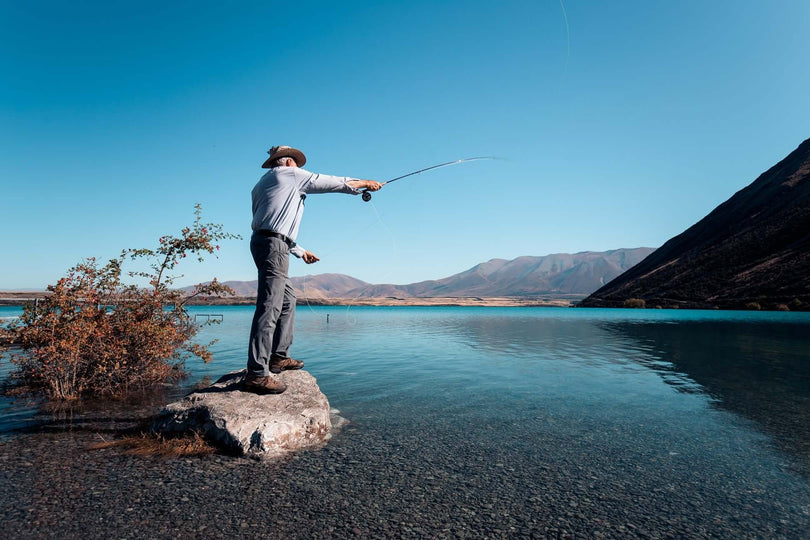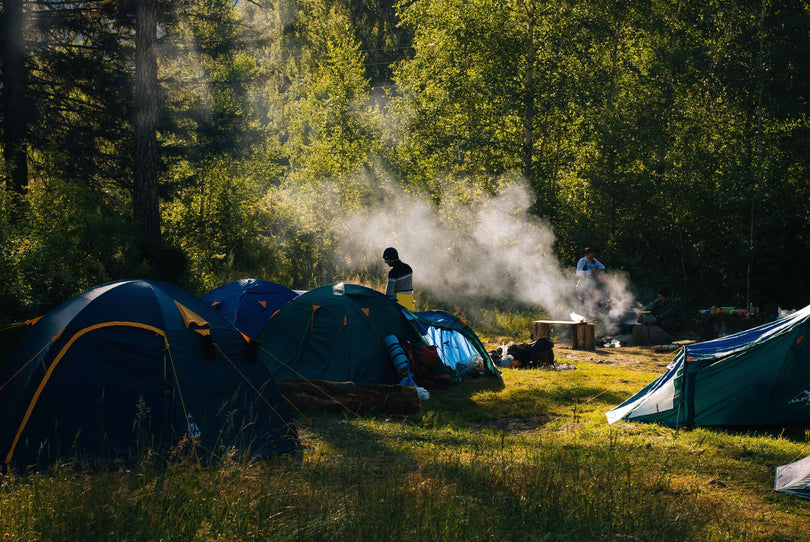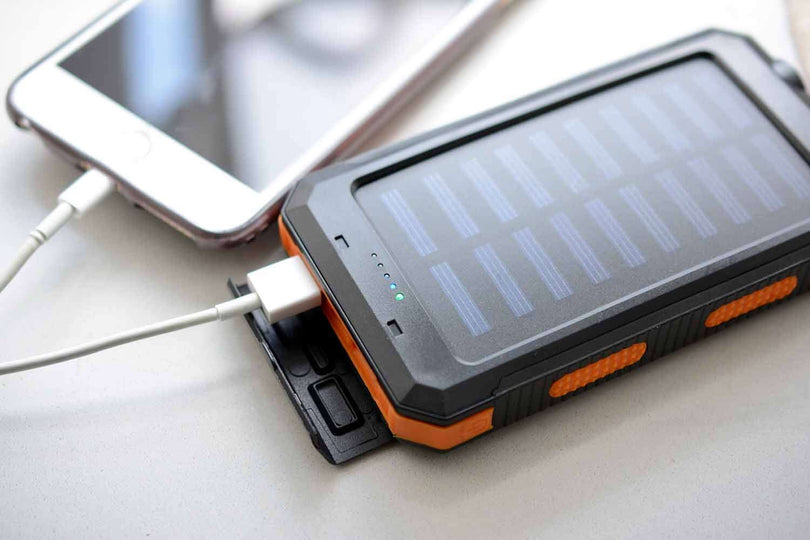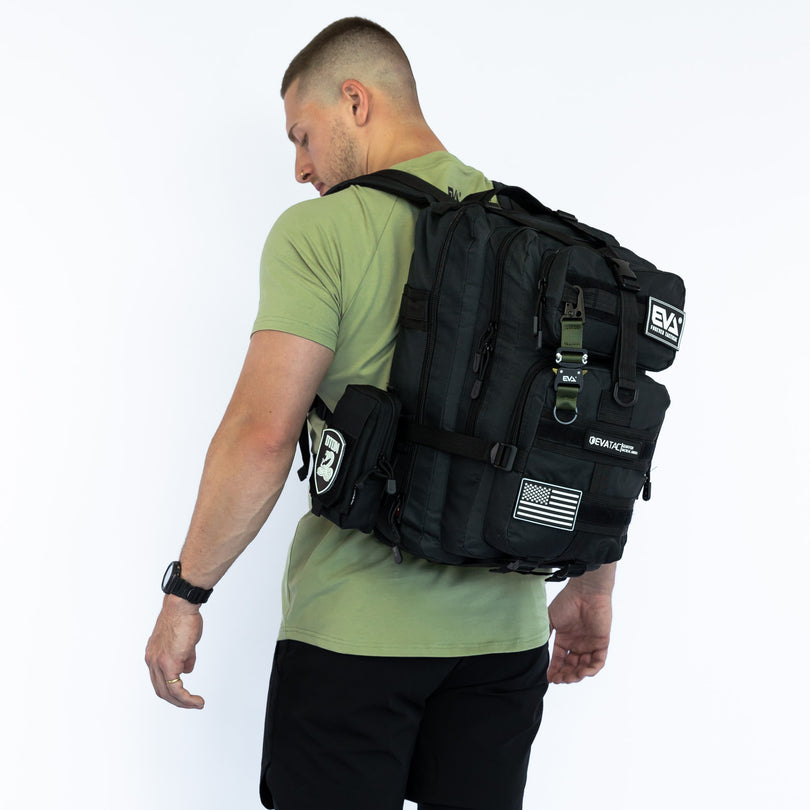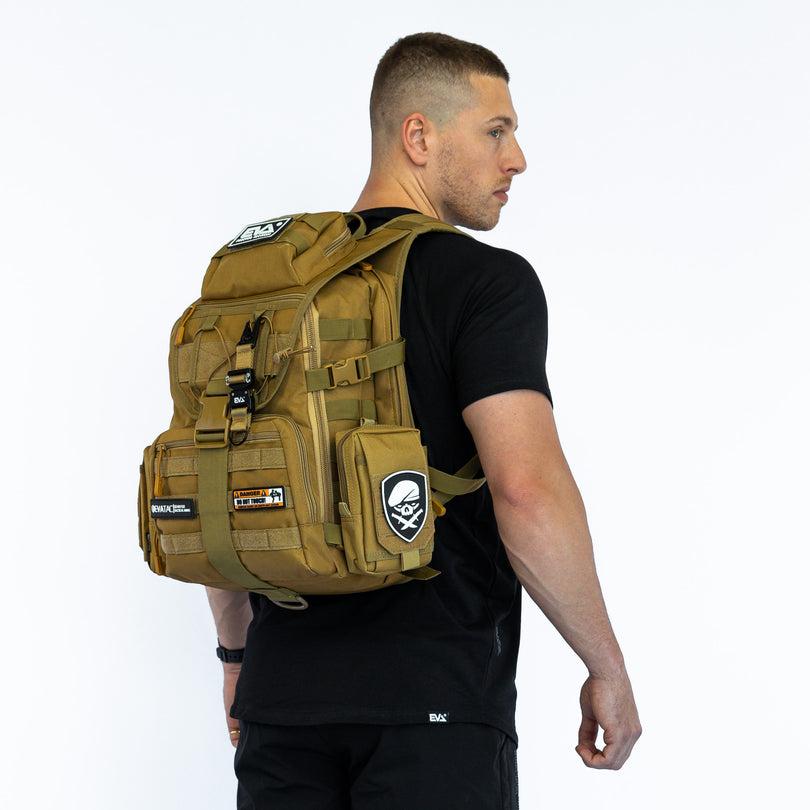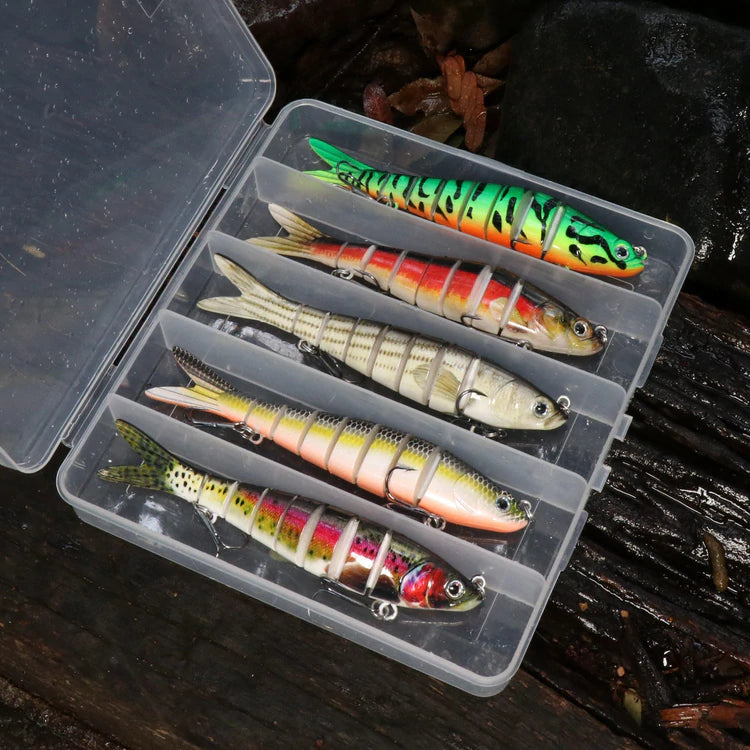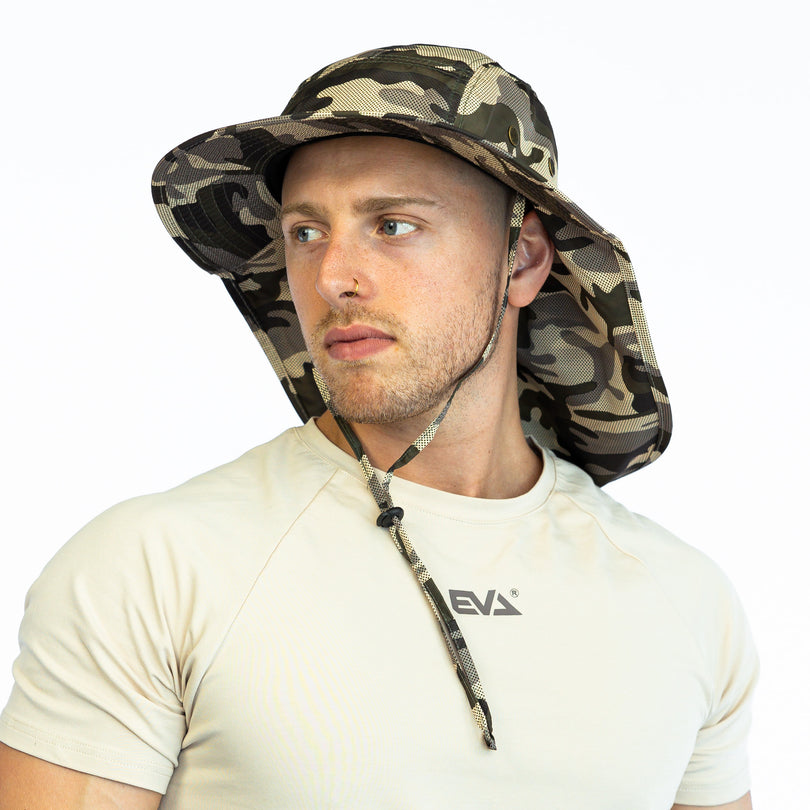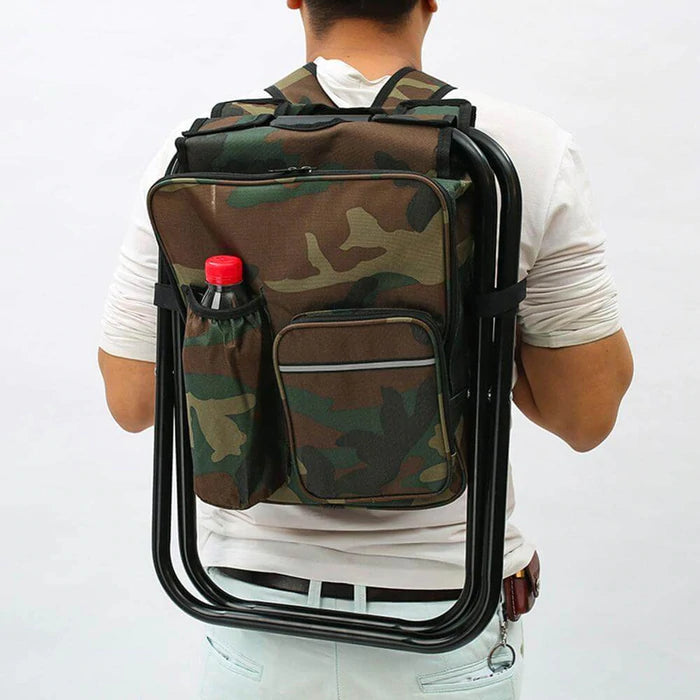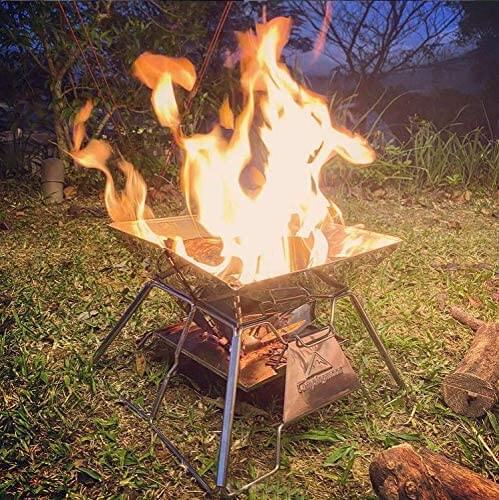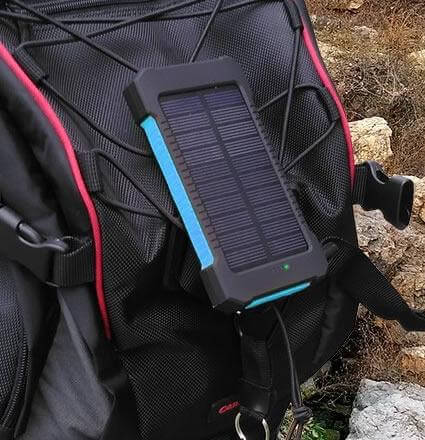Bass fishing is a thriving sport in Australia, with tournaments, large trails, and nationally-covered competitions. It’s one of the most popular freshwater sports fish in the country. It is the favorite sport of many anglers, with good reason: largemouth bass, smallmouth bass, and striped bass are favorite targets for anglers around the world.
They’re easy to access, fun to fool, and a fairly simple fish to catch—but that doesn’t mean bass are dumb! Trophy bass is wary predators with a tackle-busting fight. It takes skill to outthink a big bass. The best thing about bass is the wide variety of fishing lures and rigs you can use to catch fish.
There are a lot of different ways to catch bass, but the most effective methods typically involve the best bass fishing lures. From topwater, crankbaits, soft plastic lures, skirted bass jig, spoons, buzzbaits, chatterbaits, live bait, and dead bait—you can choose how you want to catch bass
If you love bass fishing, then you know that catching bass is a real thrill. But in order to catch bass, you need to use the right lures. In this guide, we'll discuss the best bass fishing lures and how to use them effectively. We'll also give you some tips on where to fish for bass. By the end of this guide, you'll be an expert at catching bass!
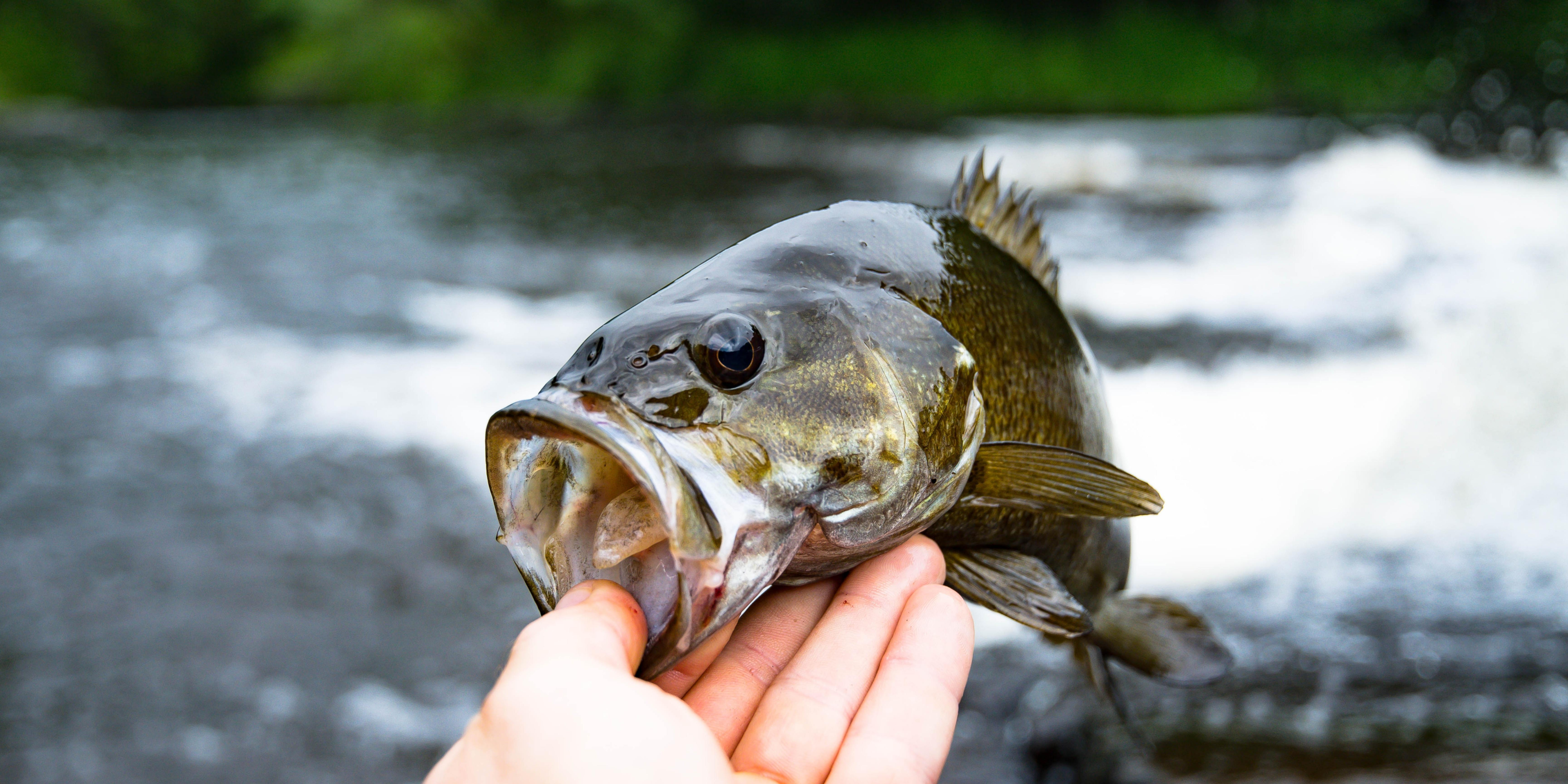 Understanding Australian bass
Understanding Australian bass
The Australian bass, or perch as they are often referred to, are a brackish spawning freshwater fish of eastern Australia. The Australian Bass is typically found in coastal estuaries and rivers that are surrounded by vegetation and are over salinized. They feed on the smaller fishes and insects that live in these areas and even can be found swimming upstream during the summer months, around December to March. This is when they spawn, laying white eggs in rocky areas of streams.
The first thing to know about bass is that, as a predatory big fish, they are always on the lookout for their next meal. Bass fish has keen senses that keep them aware of anything going on in their environment. They can see and hear, but they depend primarily on their sense of smell to detect prey.
A bass's nose is so sensitive it can detect a minnow swimming in a lake from hundreds of feet above. Bass are also voracious eaters, consuming about 40 percent of their body weight each day. Their size can vary greatly depending on their habitation. If you're getting them from inland lakes or small ponds then you can expect them to grow around 10cm (3 1/3 inches) but if you're getting them from an estuary/river system then you should expect them to grow around 15-25cm (5-10 inches) which is why it's important for you to know where your fish have been sourced from.
Australian bass has a lifespan of between 10-15 years. Australian bass is fast breeders and it's best not to keep both males and females together at the same time as they will mate and lay eggs which you then have to remove if you don't want fry (baby fish).
A bass's diet consists mainly of other fish but also includes small mammals, frogs, and insects. Most bass feed during the day in shallow water where they can see their prey clearly. At night they feed in deeper water where there is less light and fewer fish to compete with.
Bass are generally solitary creatures except when they are mating or protecting eggs and young. They do not like to share food or territory with other bass or other types of fish. They will attack anything that swims into their territory unless it is another bass that has shown its dominance by shedding its scales and flaring the gills around its head (a process known as flashing).
Scientists have found that these territorial disputes account for most attacks on lures. However, bass will also attack lures that resemble their natural prey or that are in an area where they are feeding actively.
The recommended water temperature for keeping Australian bass is between 18-23 degrees Celsius (64-73 Fahrenheit) as this is the temperature that they are used to in the wild. They are a relatively hardy species of fish but it's always best to try and replicate their natural habitat as closely as possible.
- The recommended pH level for keeping Australian bass is between 6.8 and 7.4.
- The recommended water hardness for keeping Australian bass is between 10 and 20 dGH.
When it comes to stocking density, you should aim for around 1 fish per 4-5 gallons of water.
So now that you know a little bit more about the Australian bass, let's take a look at some of the best places to fish for them.
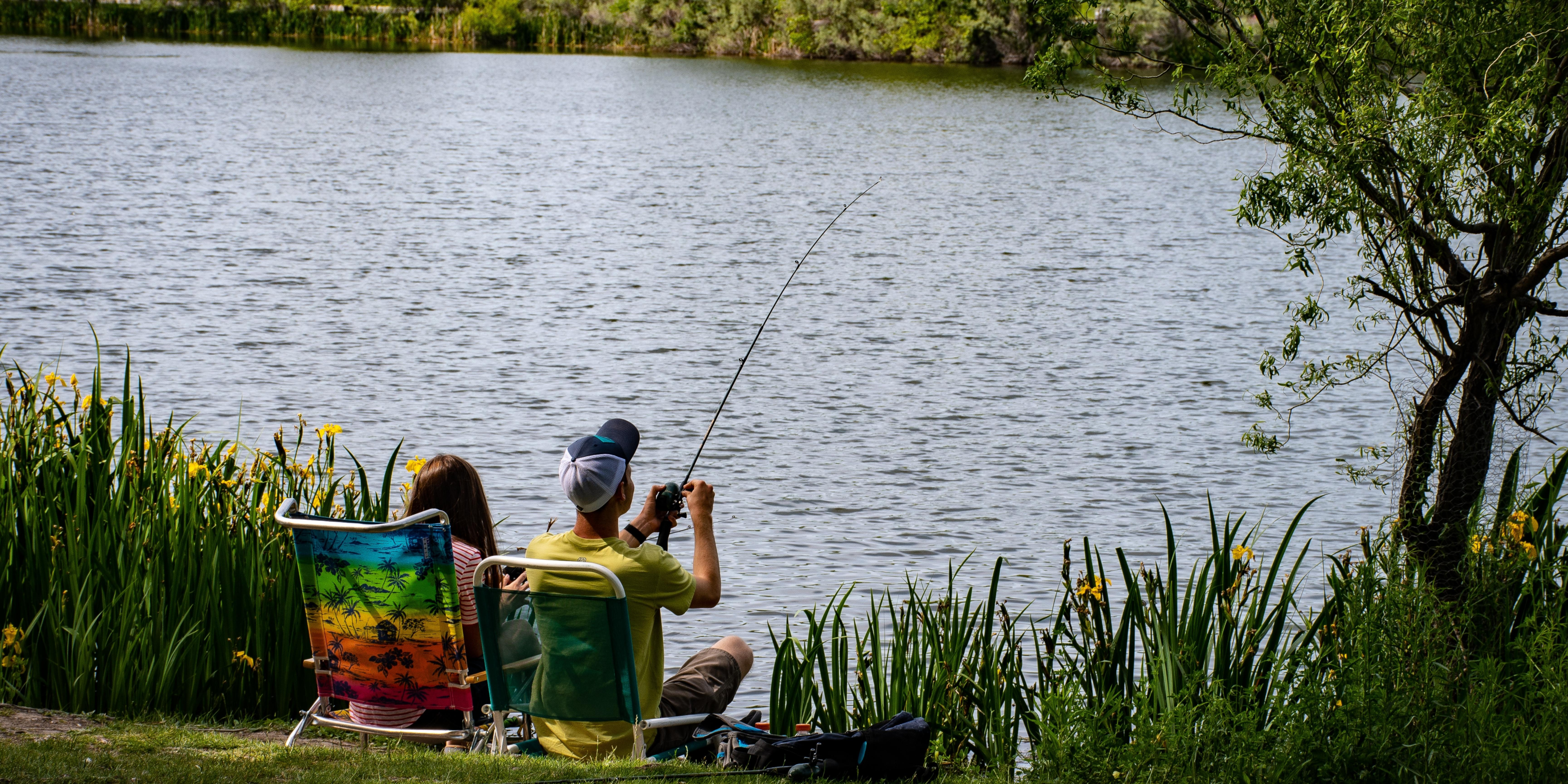 Best places to fish for bass
Best places to fish for bass
One of the best places to fish for Australian bass is in the Shoalhaven River. This river is located in New South Wales and is one of the most popular bass fishing spots in the country. The Shoalhaven River is home to many different species of fish, including bass, so it's a great place to try your luck. Another great thing about the Shoalhaven River is that it's easily accessible, so you won't have to travel far to get there.
The Nerang River is another great place to fish for Australian bass. This river is located in Queensland and is a popular spot for bass fishing. The Nerang River is home to many different species of fish, including bass, so it's a great place to try your luck. Another great thing about the Nerang River is that it's easily accessible, so you won't have to travel far to get there.
The Swan River is another great place to fish for Australian bass. This river is located in Western Australia and is a popular spot for bass fishing. The Swan River is home to many different species of fish, including bass, so it's a great place to try your luck. Another great thing about the Swan River is that it's easily accessible, so you won't have to travel far to get there.
So there you have it, three of the best places to fish for Australian largemouth bass. Now all you need to do is grab your gear and head on out!
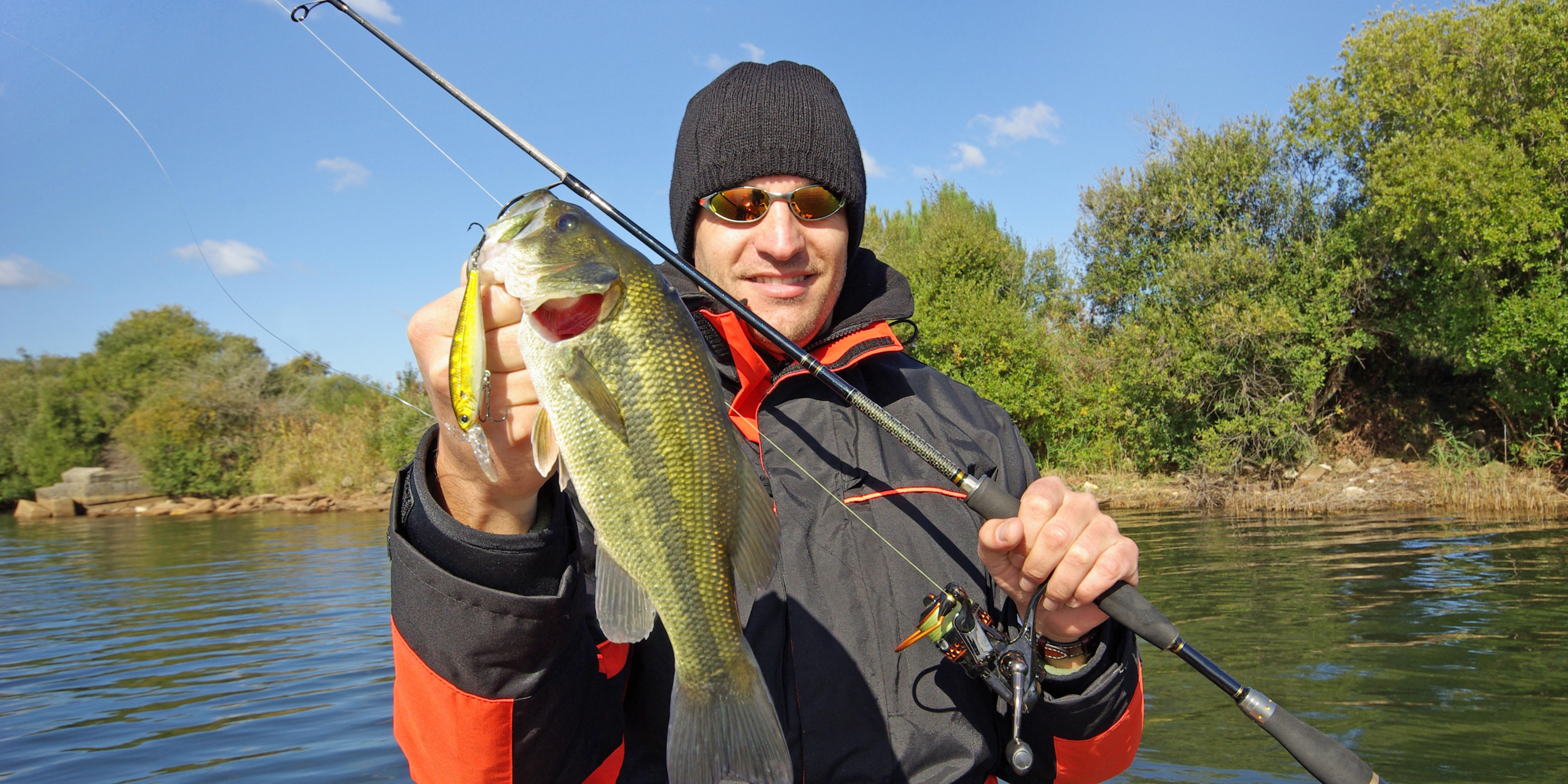 How do you master bass fishing?
How do you master bass fishing?
Catching Bass isn’t that difficult provided you have the right gear. Another great thing about Bass fishing is that it isn’t exclusive only to the elite with the best fishing tackle or the most experienced anglers. All budding Australian Bass anglers can have a crack at this species too.
If you’re one of the beginners Australia Bass anglers, here are a few tips to help you catch more prize fish.
Make sure you’ve got the right equipment
If you want to catch bass, then you need to make sure you’ve got the right equipment -this includes a fishing rod and line, a reel, and baits. The type of line and rod used depends on several factors such as water depth, fishery regulations, bait type, and seasons.
A good quality line should be able to withstand different weather conditions while still maintaining excellent flexibility and strength. It should also be able to withstand sudden strikes from various types of fish without being easily damaged or breaking.
You should be extra careful when choosing hooks because they are one of the most important parts of your equipment, especially if you’re using live bait.
Learn how to bait their hook and cast their line correctly
The first thing any novice Aussie bass fisherman needs to learn is how to bait their hook and cast their line correctly. There are special bass fishing lures available for beginners made especially for Australian bass fishing, but in case you don’t have any of those, you can also use live bait like worms or yabbies. If you’re not sure how to bait your hook correctly, there are plenty of instructional videos and guides available online.
Use fishing lures
One of the most important things for beginner anglers to remember is that bass is a predatory fish, so they’re going to be attracted to areas where there is a lot of baitfish. That means you need to find areas where there are schools of baitfish and cast your line accordingly. You can also try using bass fishing lures that mimic the appearance and movements of baitfish.
Pay attention to the tides
Another tip for Bass fishing beginners is to pay attention to the tides. When the tide is incoming, Bass will often move closer to the shore in search of food. That means you need to be aware of the tide schedule and adjust your fishing location accordingly.
Join bass fishing club/groups
Lastly, one of the best tips for beginner anglers is to join a local bass fishing club. Not only will you be able to meet other passionate anglers, but you’ll also have access to experienced guides who can teach you all the ins and outs of Bass fishing.
Now that you know a thing or two about catching bass, it’s time to put your knowledge to the test. Grab your gear and head to one of the many great Bass fishing spots in Australia. With a little bit of luck, you’ll be able to catch the Bass of a lifetime!
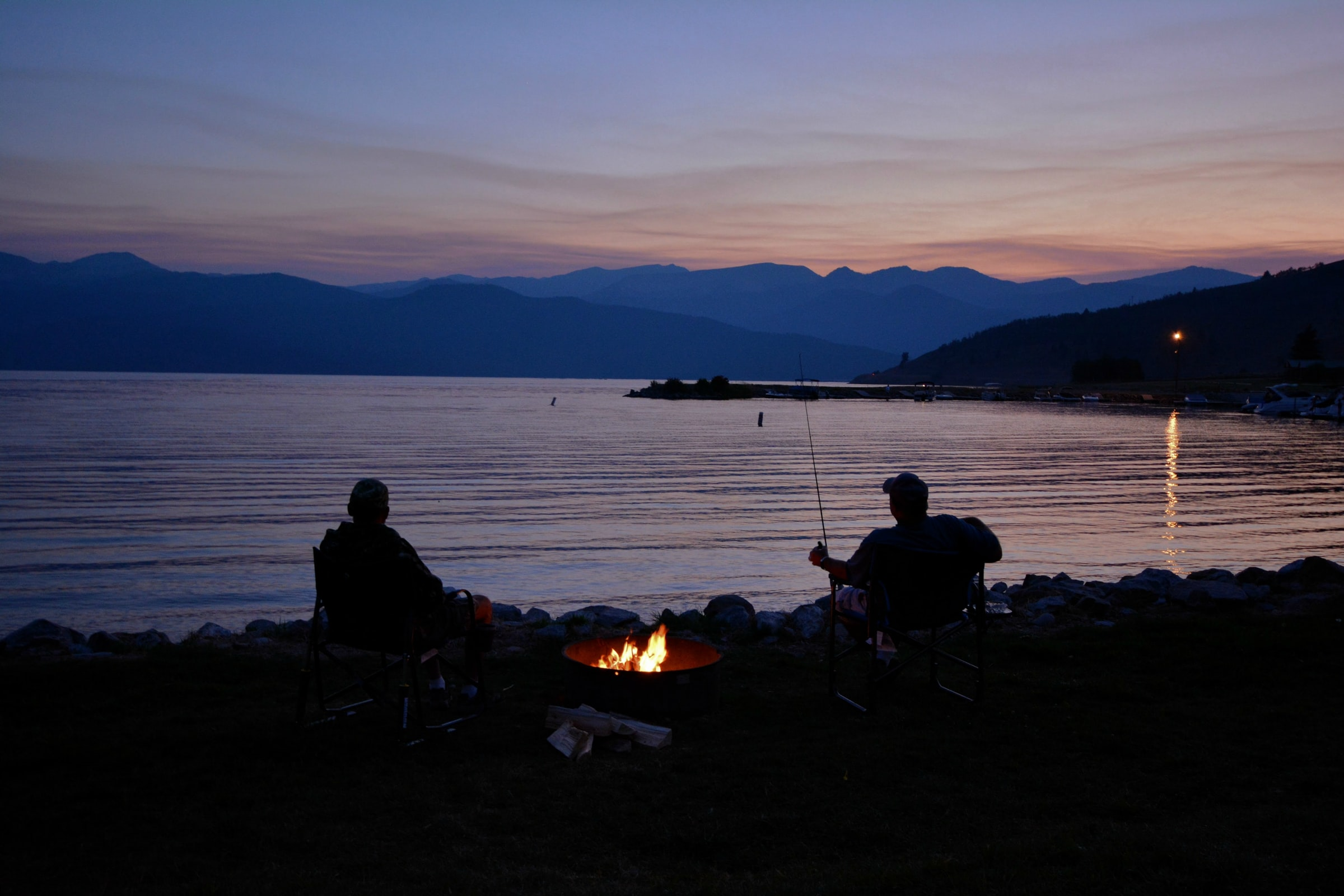 What time of day is best to catch bass?
What time of day is best to catch bass?
The best time of day to catch bass is early in the morning or late in the evening. This is because the bass is more active during these times and are more likely to be feeding. However, you can still catch bass during other times of the day if you know where to look. When searching for bass, look for areas with deep water and heavy cover. These are ideal habitats for bass and will increase your chances of success.
The best season to fish for bass is during the spring and fall when they are spawning. Bass will also bite in the summer months when the water is warm and they are actively feeding. The worst time to fish for bass is during the winter when they are inactive and prefer to stay in deep water.
Where do bass hang out in lakes?
They can also swim very fast away from you if you don’t know what you’re doing. Some of the best places to fish for bass include lakes, rivers, and ponds. When choosing a spot to fish, look for areas with deep water and heavy cover. Remember that they are usually found near covers like rocks, logs, or vegetation such as leaves on the bottom of lakes and ponds.
Koala Pro Tip: Bass typically like to stay in these areas because they offer protection from predators and food is more plentiful.
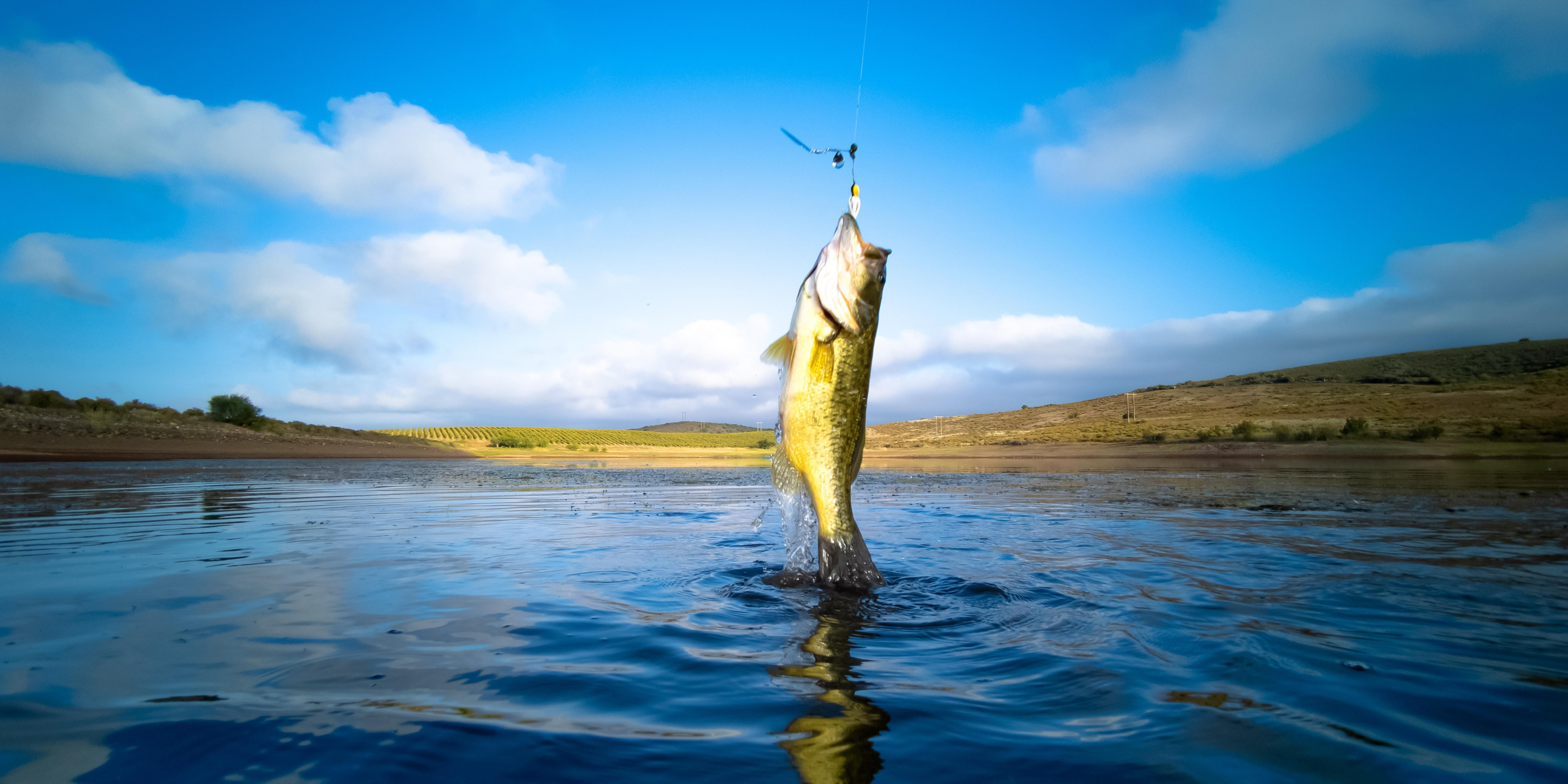 Which lure attracts bass the most?
Which lure attracts bass the most?
Bass fishermen often use different kinds of bass lures. Some bass fishing lures are easier than others to use but there are also some that are harder to master. Jigs, Crankbaits, Plastic Worms, Spinnerbaits, and swimbaits are excellent bass lures that will work in many conditions throughout the year when casted near bass cover and presented properly. If fishing with live bait, nightcrawlers are generally the simplest method and almost always produce a bite of some kind.
There are a lot of different ways to catch bass, but the most effective methods typically involve the best bass fishing lures. What is the best fishing lure to catch bass? Here are some tips for bass fishing using different lures:
Topwater lures
Topwater bass lures are the most exciting way to catch bass. Floating topwater frog and poppers, walking baits, and popping bugs are a few of the many topwater choices. Popping lines, rattlebaits and buzzbaits also work well on top—the fish will cruise in open water or linger in weed beds when they hear these bass lures.
The strikes on a topwater lure are often extra aggressive because the predatorial largemouth bass is doing more than just grabbing its next meal; it's trying to kill the frog, baitfish, or rodent that is struggling on top of the water.
You can also use crankbait to catch largemouth bass; diving minnows and walking sticks are common choices. Some anglers even top their crankbait rigs with a plastic worm or grub for added attraction. Topwater walking baits mimic a struggling bait fish, so they are guaranteed to produce some hits.
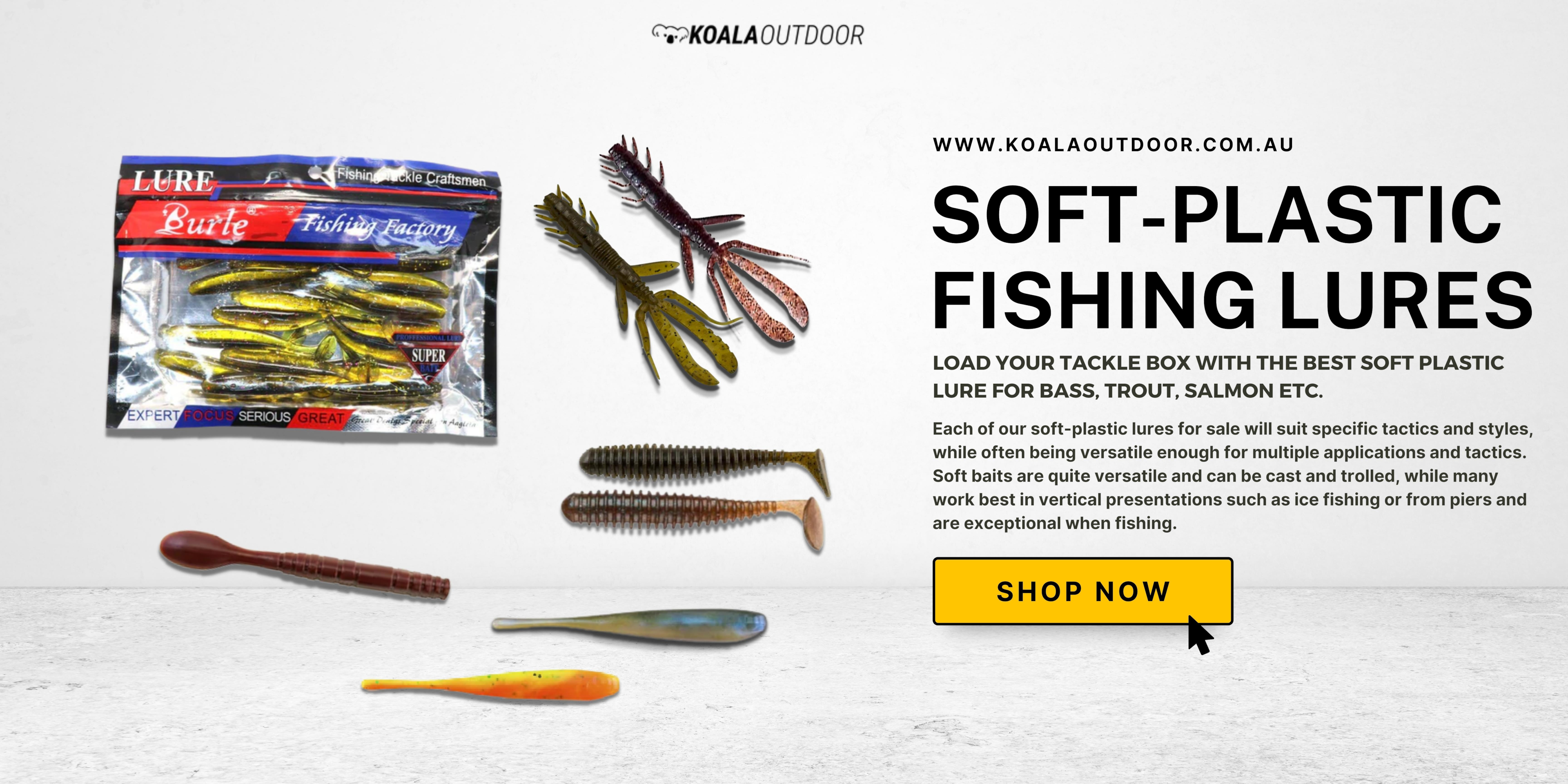 Soft plastic lures
Soft plastic lures
Bass also love to eat soft plastics, which come in various shapes and sizes. Flukes, stick baits, tubes, worms, grubs, and crawdads are among the most popular choices. The choice is yours when it comes to rigging your favorite soft plastics; you can use a Texas rig (a hook inserted through the center of a worm or grub), a Carolina rig (a hook inserted through one side of the bait), or weightless Texas rig (the hook is tied straight to the line) for a more natural presentation.
Jigs
Jigs are also a popular choice for catching bass. Jigging spoons, swim jigs, and vibrating jigs all work well. You can also use live bait, such as minnows or crayfish, to catch bass. Live bait is typically fished under a bobber or on a Carolina rig. The skirted bass jig is highly versatile and popular among bass anglers. This lure presents best by mastering the pitching and flipping tactics with your bait caster, so it's not suitable for beginners. Its versatility is evident in many techniques which can be applied when using this lure.
Spinnerbaits
Spinnerbait is a perfect choice if you are fishing for bass over hardcover like sunken timber and boulders. It will bounce and bump over hard surfaces and lure bass, which has found a shelter around big objects in the water. Be cautious however, the spinnerbait will pick up weeds.
Stick Bait
Stick Bait is the most popular and fundamental Bass lure ever. Many argue that Green Pumpkin, Cinnamon, and Chartreuse are the most productive colors and we agree. You can work these fattys on just about any soft plastic rig, but the most famous method is the Wacky Rig.
Swimbaits
Swimbaits are most effective on either a jighead in the open water areas or on a weedless hook going through shallow grass during the summer.
There are plenty of other lures you can use to catch bass, but these are some of the most popular and effective choices. Experiment with different bass fishing lures and techniques until you find what works best for you. So get out there and start fishing!
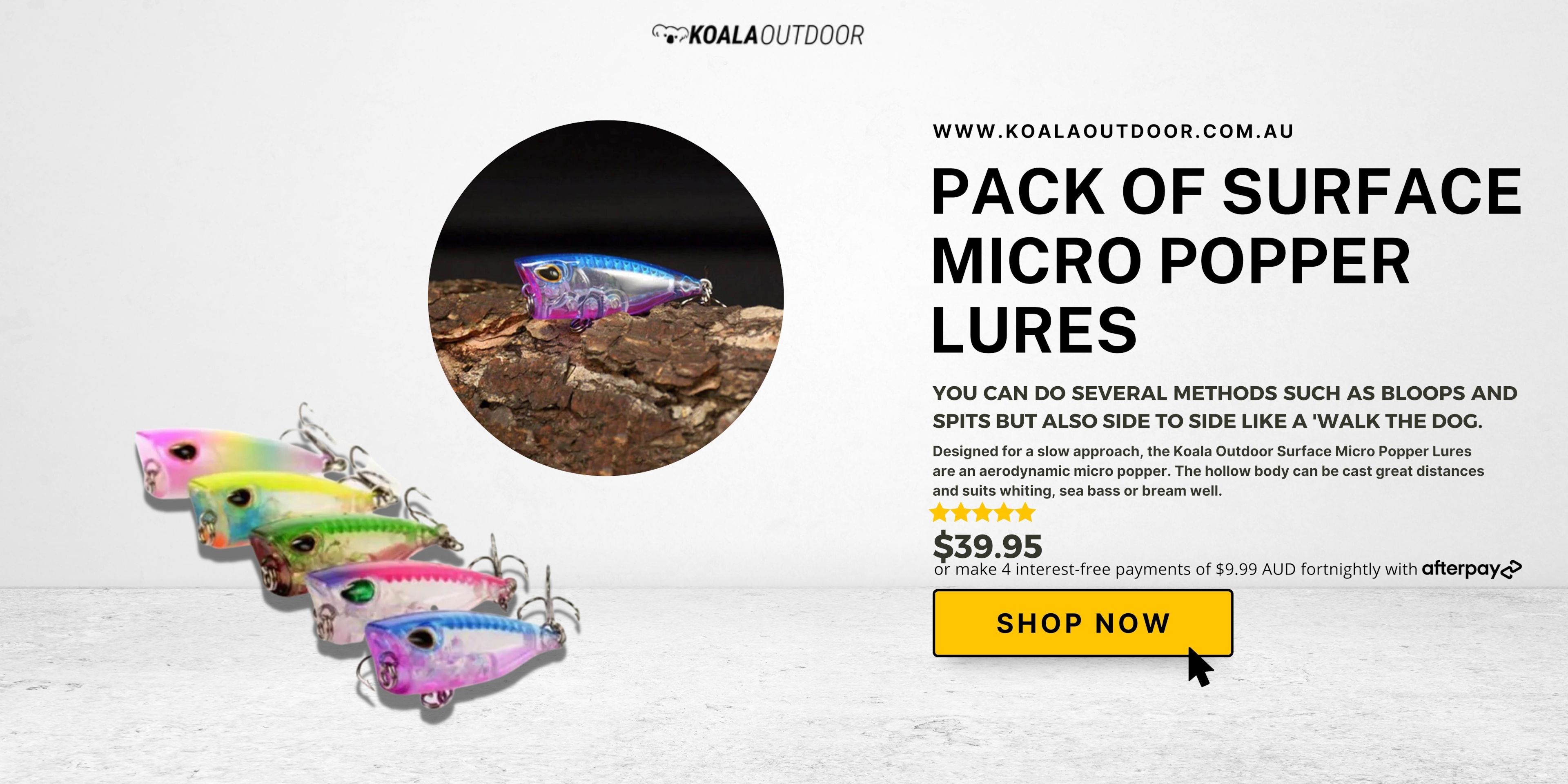 What lures to use for bass right now?
What lures to use for bass right now?
If you're looking to catch a bass, there's no denying that some of the most effective equipment you can use are fishing lures. Lures are artificial fishing baits that represent prey to fish, and they come in many shapes, colors, and sizes. There are a few ways to make a decent bass fishing lure yourself, and we've picked the two most practical and easy for you.
So, what lures are good for Australian Bass? While there are a plethora of different bait choices available on the market today, knowing which is best for different types of bass fishing conditions will help you get more bites, even on days when the fish just aren't biting.
Once you know what they look like, you can identify them wherever you go—in a fishing gear store near you, at a friend’s house, while shopping at an online fishing gear Australia —and will be able to spot the right bass lure for your next fishing trip.
The purpose of a lure is to attract fish and, when used properly, it will appeal to their senses in the right conditions. For simplicity’s sake, we’ve provided a bit of basic information about each lure and the lure we recommend in each category.
We’re going to talk about the three main categories of bass fishing lures: plastic, hard body, and soft plastics.
Plastic baits
Plastic baits are made from soft plastic that is molded into various shapes. They have one or multiple treble hooks attached to a single lead head. Plastic lures are great on windy days because they can float on top of the water and still be effective. They can also float down through deep waters with no problem as long as they are properly weighted at the bottom. With treble hooks, you need to be careful when handling them, especially for those who haven’t gone fishing before.
Soft plastics
Some anglers might not think much of the soft plastics, but it's one lure that must always be present in your tackle box. These versatile lures are made from rubber and other flexible materials that mold into different shapes like worms or grubs. They are very popular in colder waters due to their flexibility and ability to move along the bottom of the water column with ease.
Hard body lures
Hard body lures are made from harder materials like wood, metal, or plastic. They are typically shaped like minnows or other baitfish. Hard body lures are great for all types of fishing because they can be retrieved at different speeds and depths. They also come in a variety of colors and sizes to attract all kinds of fish.
Now that you know about the different types of lures, it’s time to learn about the best fishing spots for bass. Read on to find out where the fish are biting!
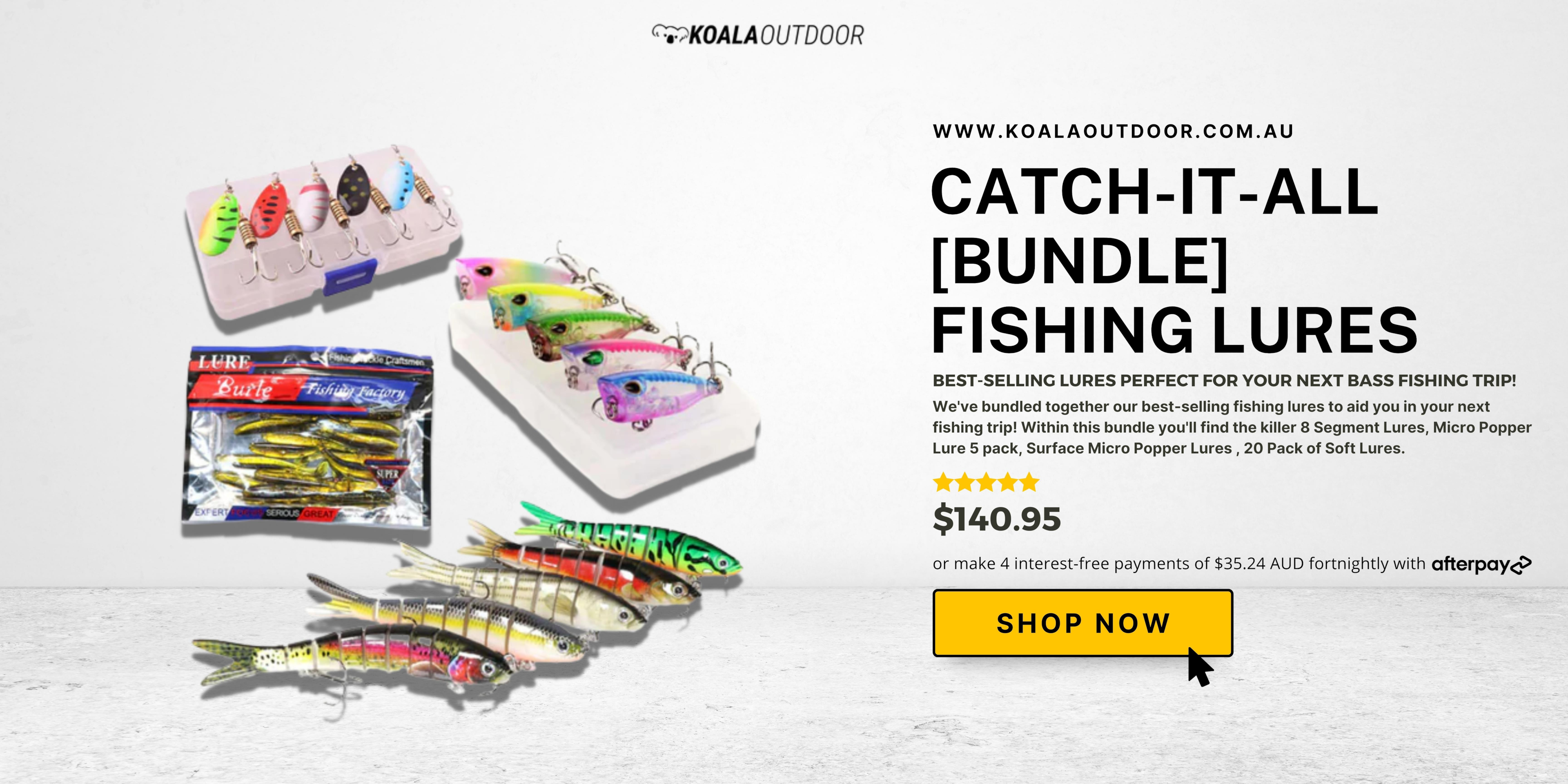 What colours do bass like?
What colours do bass like?
If you're a fisherman, you know that the right bait can make all the difference between catching fish and coming home empty-handed. One of the most important factors to consider when choosing your bait is the color of it. Different colors will attract different types of fish, which means that you have to figure out what will work best for the particular type of fish in your area.
There are a variety of different colors that bass are attracted to—in order to find out which colors are most effective, you'll have to do some experimenting on your own. For example, chartreuse and green are two colors that are known to be very effective for catching bass. Other colors that can be effective include black, blue, and brown. It's important to experiment with different colors to see what works best in your particular situation.
In general, you should use brighter colors in clear water and darker colors in murky water. This is because bright colors are easier for bass to see in clear water, while dark colors are easier for them to see in murky water.
 Are worms good bait for bass?
Are worms good bait for bass?
Worms are one of the best topwater baits for catching bass. Finesse worms don't look very exciting on the outside but don't be fooled because worms can catch largemouth bass all day, every day in many cases. This is because they are a natural food source for bass and other fish. Worms are easy to find and can be bought at most bait shops. They are also relatively inexpensive, which makes them a great option for those on a budget.
When fishing with worms, it’s important to use the right size and type of worm. For example, nightcrawlers are a good choice for fishing in deep waters, while red worms are a good choice for fishing in shallow waters. It’s also a good idea to use a variety of different colors to see what works best.
In general, worms are a great bait for catching bass, but it’s important to experiment to see what works best in your particular situation.
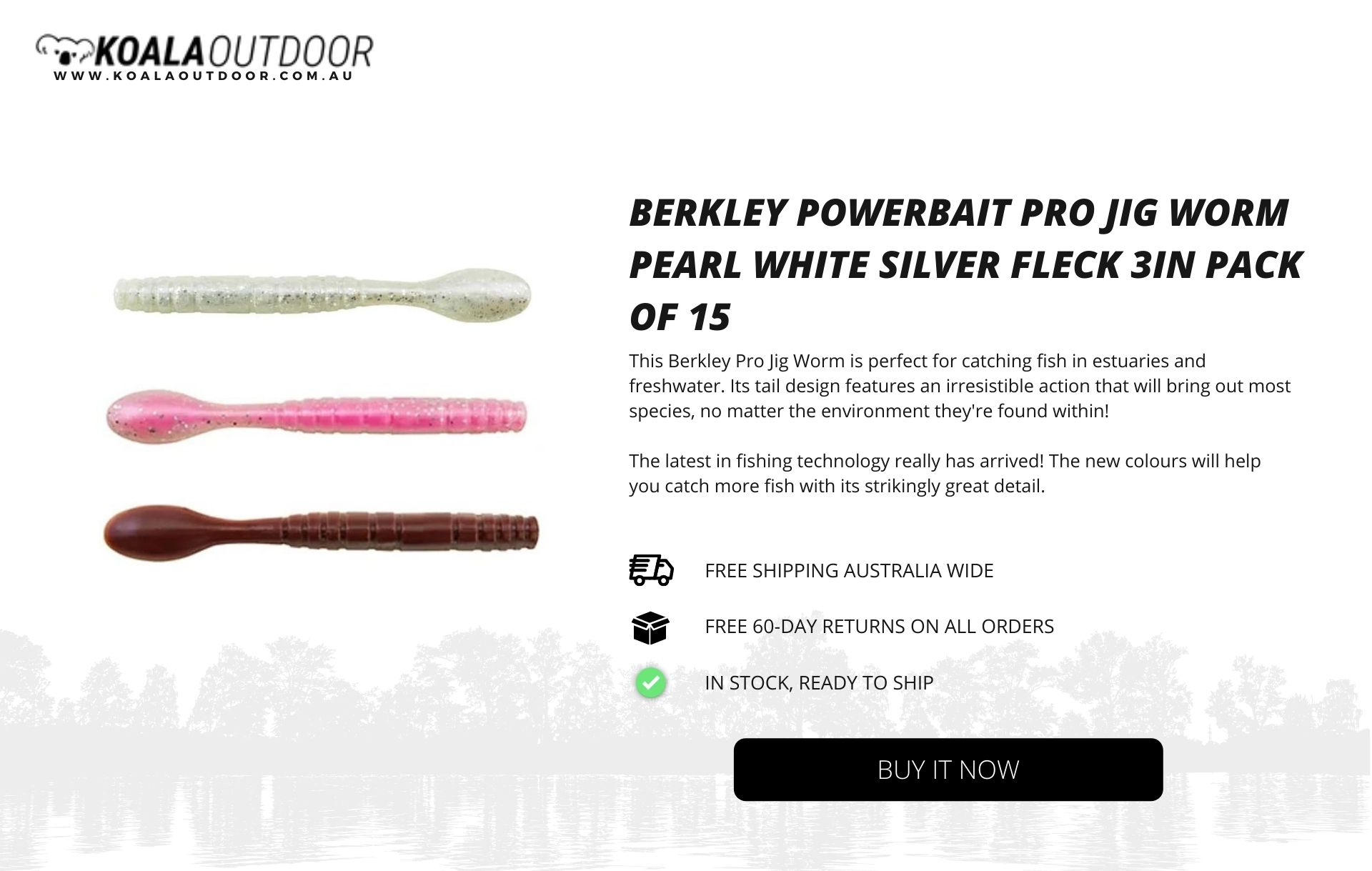 What colour plastic worm is best for bass?
What colour plastic worm is best for bass?
Bass are known to be attracted to a variety of colors, but two colors in particular—chartreuse and green—are particularly effective. If you’re trying to catch bass, you should use chartreuse or green.
Green is a dark shade of green that can be very effective in murky water. However, while chartreuse and green are the best colors for catching bass, it’s important to note that there are many other colors that can also work effectively. For example, black, blue, and brown have all been known to work well for bass as well.
Also, remember that different circumstances may call for different colors; for example, brighter colors are usually better for catching bass in clear water, whereas darker colors are usually better for catching them in murky water. The important thing is to experiment with different colors and see what works best for you.
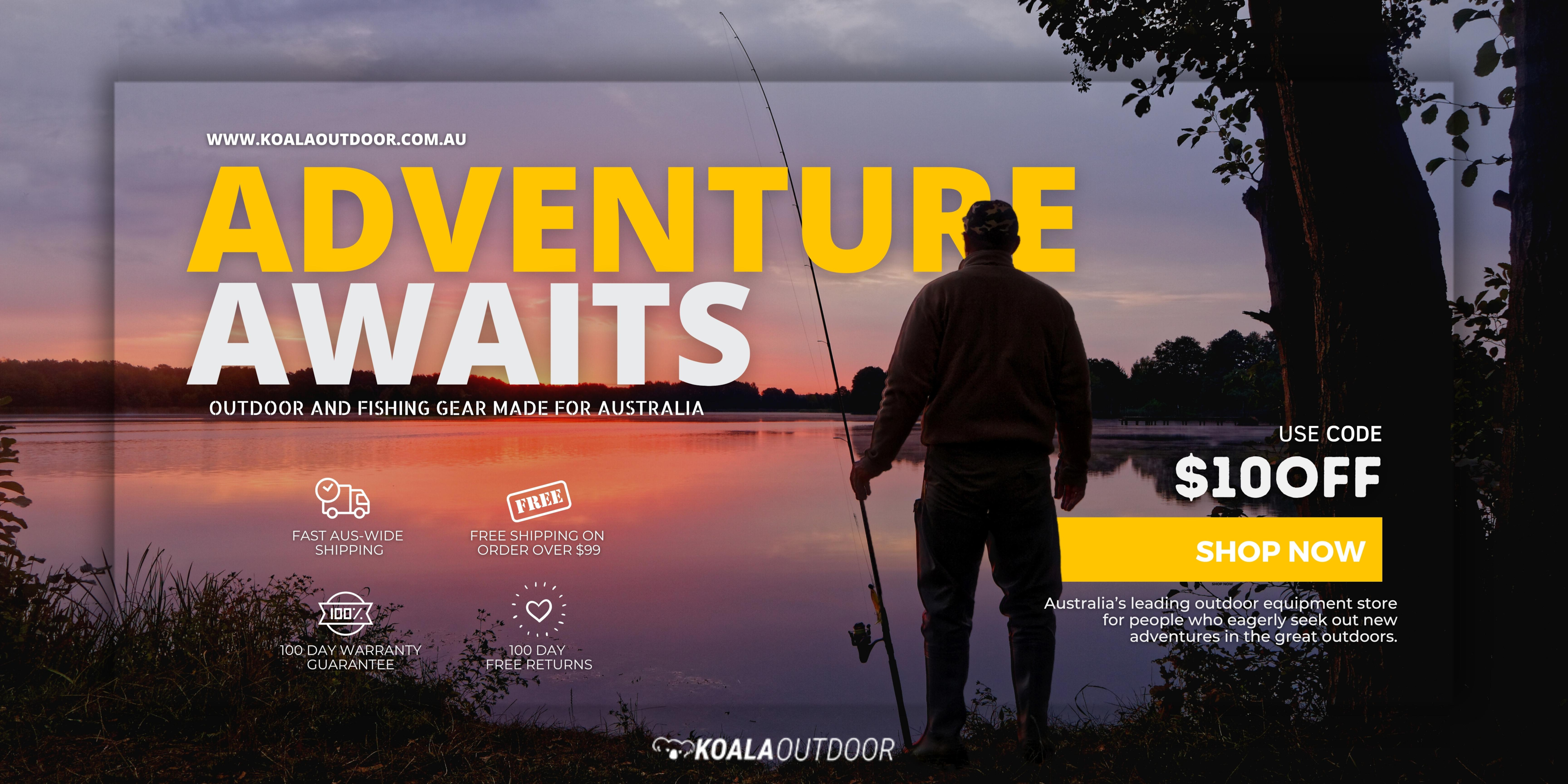 Conclusion
Conclusion
If you've never caught bass before, it's time to start! Hopefully, this guide will help inspire you to plan your next fishing adventure. With the right information and the right products, you’ll be able to reach your full potential. Fill out your tackle box with some of our excellent options here at Koala Outdoor. We stock the best lures for Australian bass fishing.
We believe that the right fishing lure can be a game changer. We offer a wide range of colours and styles to help you find the right one for the conditions. With bass fishing being such a popular sport in Australia, there's a lot of potential out there to learn more about which colours bass like best in your area.
Spend some time researching fishing lures online and at your nearest fishing gear store; try out different baits before you head out on your next fishing trip. Hopefully, this will help you catch more bass and have even more fun with it than you already do.






